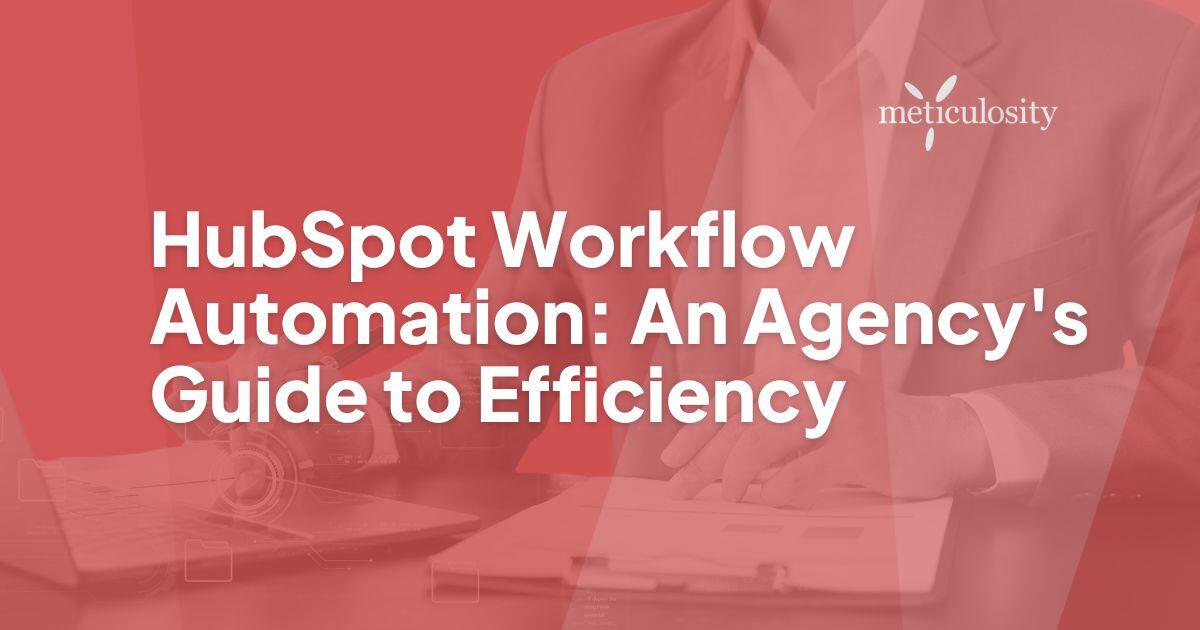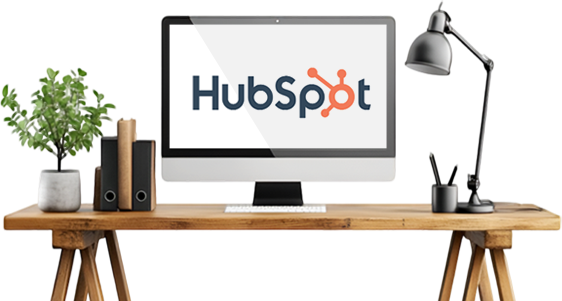As agencies juggle multiple clients and complex campaigns, finding tools that streamline processes and boost productivity is essential. HubSpot’s workflow automation tools are a game-changer, enabling agencies to optimize operations, enhance client engagement, and scale their services effortlessly.
Ready to start your agency automation? Find out more now.
What is HubSpot Workflow Automation?
At its core, HubSpot’s workflow automation is a feature within the platform that allows users to automate repetitive tasks, nurture leads, and manage data seamlessly. By creating workflows tailored to specific goals, agencies can:
- Automate lead nurturing campaigns
- Streamline internal communication
- Ensure consistent follow-ups
- Keep client data organized and updated
Whether it’s setting up a simple email drip campaign or managing complex multi-step processes, workflows can save countless hours while ensuring precision.
Benefits of Workflow Automation for Agencies
1. Enhanced Productivity
Repetitive tasks like sending follow-up emails, updating deal stages, or assigning tasks can consume valuable time. Automation handles these tasks in the background, allowing your team to focus on strategy and creative work.
2. Improved Client Engagement
Workflows enable personalized, timely communication at scale. For instance, when a client downloads a resource or submits a form, a tailored email series can nurture them without manual intervention. This ensures clients feel valued and engaged.

3. Streamlined Operations
With automation, agencies can maintain consistency across processes. Workflows can automatically assign tasks, notify team members of updates, and ensure no steps are missed in project management.
4. Data Accuracy
Automation reduces human error by ensuring data updates are timely and accurate. Workflows can segment contacts, update properties, and sync data across systems, providing reliable insights for decision-making.
Key Workflow Automation Use Cases for Agencies
Lead Nurturing Campaigns
Design workflows to guide leads through the sales funnel. For example, a workflow can:
- Trigger when a lead fills out a form.
- Send a series of educational emails based on their interests.
- Notify a sales rep when the lead takes a key action.
Client Onboarding
Make client onboarding seamless by automating:
- Welcome emails with resources and next steps.
- Task assignments to team members.
- Follow-up reminders to ensure timelines are met.
Internal Task Management
Workflows can streamline internal communication by automating task creation and notifications. For instance:
- Automatically create a task for the content team when a client approves a campaign.
- Notify account managers of upcoming renewal dates.
Feedback Collection
Send automated feedback requests post-project completion to gauge client satisfaction and identify areas for improvement.
Tips for Building Effective Workflows
1. Define Clear Goals: Identify the problem you’re solving or the process you’re optimizing. This clarity ensures workflows align with your objectives.
2. Segment Your Audience: Tailor workflows to specific client personas or stages in the buyer’s journey for more impactful automation.

3. Test and Refine: Before deploying a workflow, test it to ensure each step functions as intended. Continuously monitor performance and adjust as needed.
4. Leverage HubSpot Integrations: Combine workflows with HubSpot’s CRM, email marketing, and analytics tools for a comprehensive automation strategy.
Getting Started with HubSpot Workflow Automation
HubSpot makes it easy to get started with automation, offering pre-built workflow templates for common use cases. Agencies can customize these templates or build workflows from scratch to meet specific needs.
To maximize the impact of workflow automation, agencies should:
- Train their team on HubSpot’s capabilities.
- Regularly audit workflows for efficiency.
- Use automation insights to inform strategy.
Conclusion
HubSpot’s workflow automation tools are an indispensable asset for agencies aiming to scale efficiently and deliver exceptional client experiences. By automating routine tasks, nurturing leads effectively, and streamlining operations, your agency can unlock new levels of productivity and success.
Ready to transform your agency’s efficiency with HubSpot? Contact us today to learn more about integrating HubSpot’s powerful tools into your operations.
Frequently Asked Questions
1. How do I create a workflow in HubSpot?
Creating a workflow in HubSpot is simple. Navigate to the Automation tab in your HubSpot account, select "Workflows," and click "Create Workflow." From there, you can choose from templates or build a custom workflow based on your needs.
2. Can HubSpot workflows integrate with other tools?
Yes! HubSpot workflows integrate seamlessly with various tools within the HubSpot ecosystem and external applications through native integrations and third-party tools. This makes it easy to streamline operations across platforms.
3. How do I measure the success of my workflows?
HubSpot provides detailed analytics to track the performance of workflows. You can monitor key metrics like email open rates, click-through rates, and conversion rates to determine if your workflow is meeting its goals.
4. Can workflows be used for both marketing and sales?
Absolutely! HubSpot workflows are versatile and can be used across both marketing and sales processes. From nurturing leads to automating follow-ups and internal task management, workflows help teams work more efficiently.
5. How do I ensure my workflows are optimized?
Regularly review and refine your workflows. Monitor their performance, test different strategies, and make adjustments based on results. Automation should evolve with your business needs.







